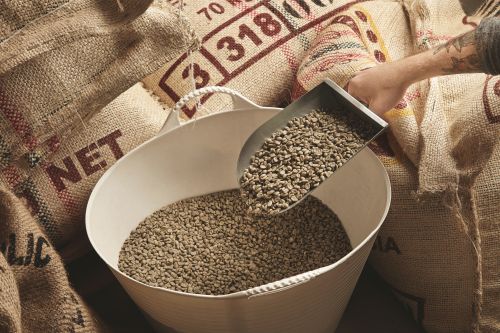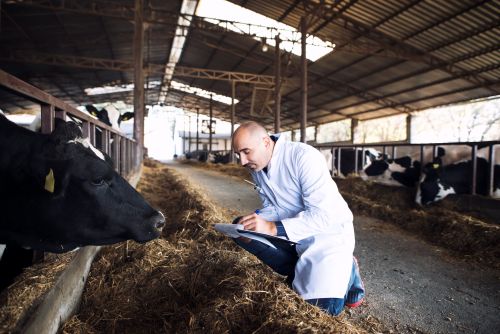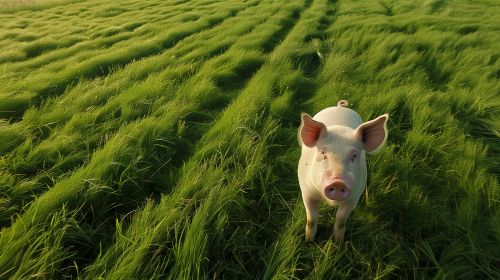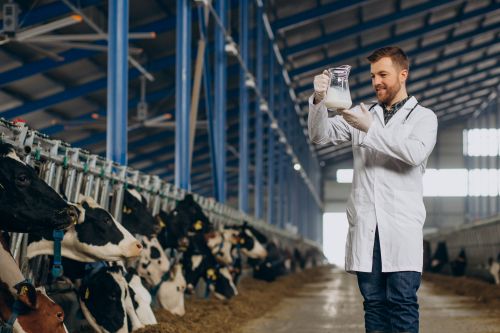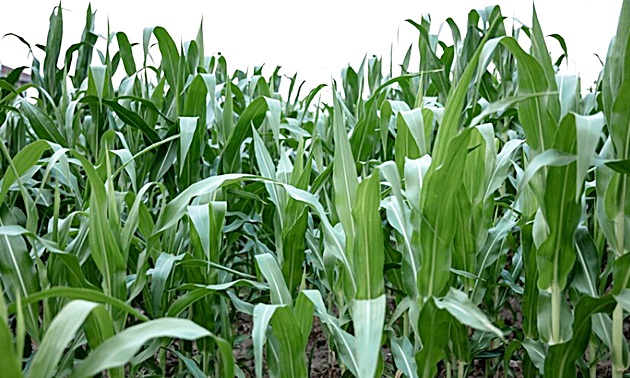
Isozymic Variability in European Maize Populations
Isozymes are different forms of the same enzyme that catalyze the same chemical reaction but differ in their amino acid composition.
Genetic Diversity
The study of isozymes provides insights into genetic diversity and population structure, making them a valuable tool in population genetics and crop improvement programs.
Research on isozyme variability in European maize populations has revealed a high level of genetic diversity, reflecting multiple sources of germplasm and selection processes that have shaped these populations over time.
Isozyme analyses have identified significant differences between maize populations from various regions in Europe, suggesting the presence of local adaptations to environmental conditions and specific agricultural practices.
Role of Isozyme Variability in Maize Breeding
Understanding isozyme variability has direct implications for maize breeding programs. Identifying and preserving genetic resources with high isozymic diversity is crucial for developing high-performing hybrids with improved resistance to biotic and abiotic stress factors.
Moreover, isozyme studies contribute to elucidating phylogenetic relationships between different populations and reconstructing the history of maize introduction and dissemination in Europe.
The study of isozymic variability in European maize populations provides valuable insights into genetic diversity and adaptive processes that have occurred since the crop's introduction to Europe.
Such knowledge is essential for genetic resource conservation and for developing effective breeding programs, ensuring the sustainability of maize production in the face of present and future challenges.
Isozyme Variability in European Maize Populations
The isozymic variability in European maize populations reflects the genetic diversity accumulated since its introduction to the continent. This variability is influenced by factors such as natural selection, breeding efforts, and adaptation to diverse environments.
Isozyme studies on European maize have identified several types of variations:
1. Regional Population Differences
- Southern Europe (Spain, Italy, Balkans):
- High isozymic diversity, as these regions were among the first to cultivate maize.
- These populations retain genetic traits closely related to the original varieties introduced from the Americas.
- Central and Eastern Europe (Poland, Romania, Hungary):
- Moderate isozyme diversity with adaptations to temperate-continental climates and variable growing seasons.
- Northern Europe (Germany, France, Netherlands):
- Lower isozymic variability, with selection focused on early maturity and cold resistance.
2. Enzyme Polymorphism
Isozyme studies have identified polymorphisms in several key enzyme systems, including:
- Peroxidase (POX) – Involved in stress responses and environmental adaptation.
- Esterase (EST) – Associated with lipid metabolism and drought resistance.
- Glutamate-oxaloacetate transaminase (GOT) – Essential for nitrogen metabolism and crop yield.
- Phosphoglucoisomerase (PGI) and 6-phosphogluconate dehydrogenase (6-PGD) – Crucial for growth and development processes.
3. Differences Between Traditional Varieties and Hybrids
- Traditional maize varieties, cultivated in Europe for centuries, exhibit high isozymic diversity, reflecting natural selection and local adaptation.
- Modern hybrids, developed through breeding programs, tend to have lower isozymic variability, as they are selected for specific traits such as high yield and disease resistance.
Conclusion
These isozymic variations are essential for preserving maize genetic diversity and developing new varieties adapted to climate change and modern agricultural demands.
The study of isozyme variability in maize populations contributes significantly to: ✅ Genetic conservation ✅ Crop improvement ✅ Sustainable maize production
